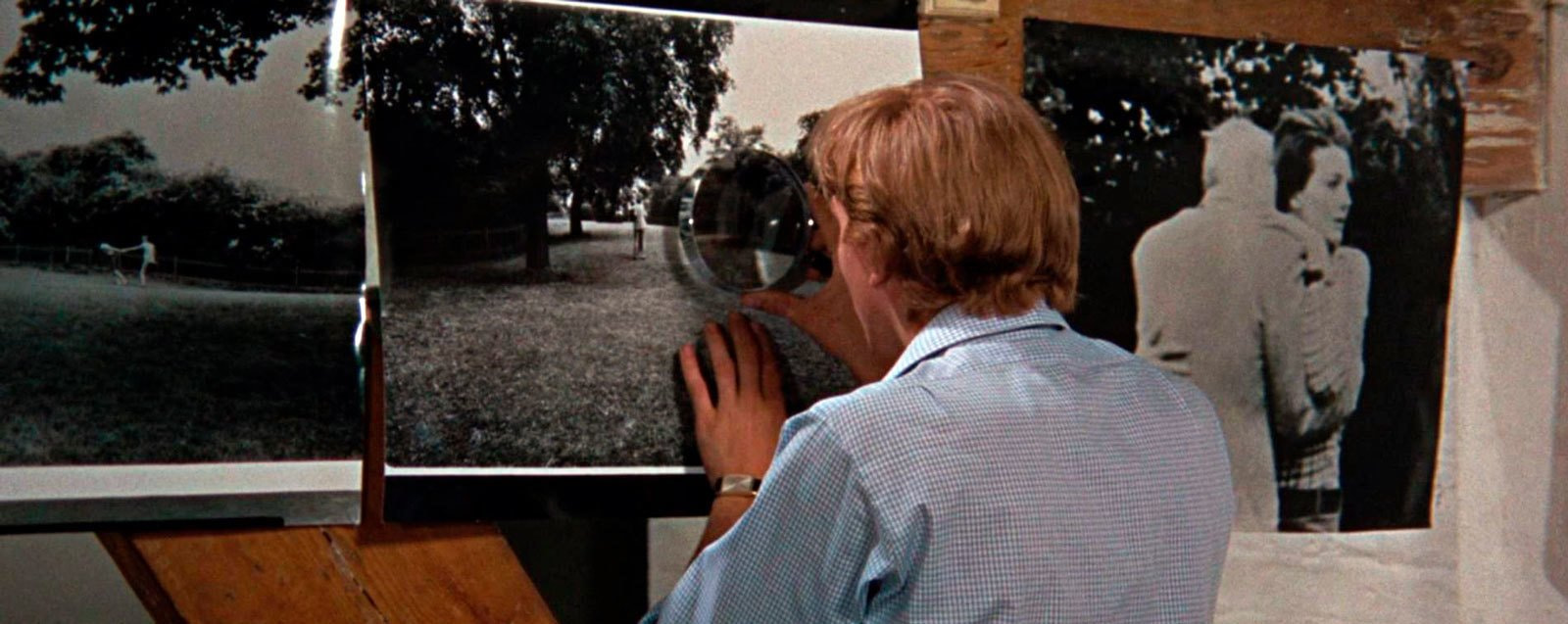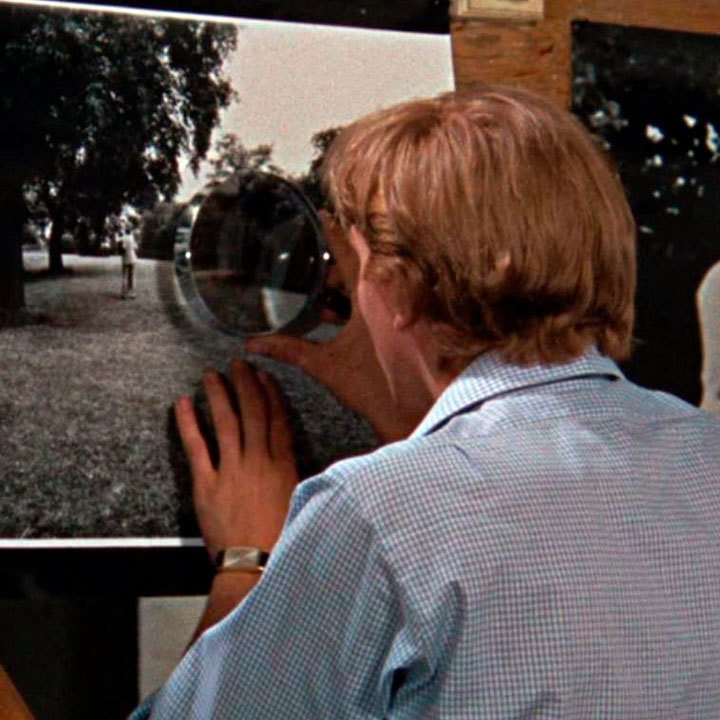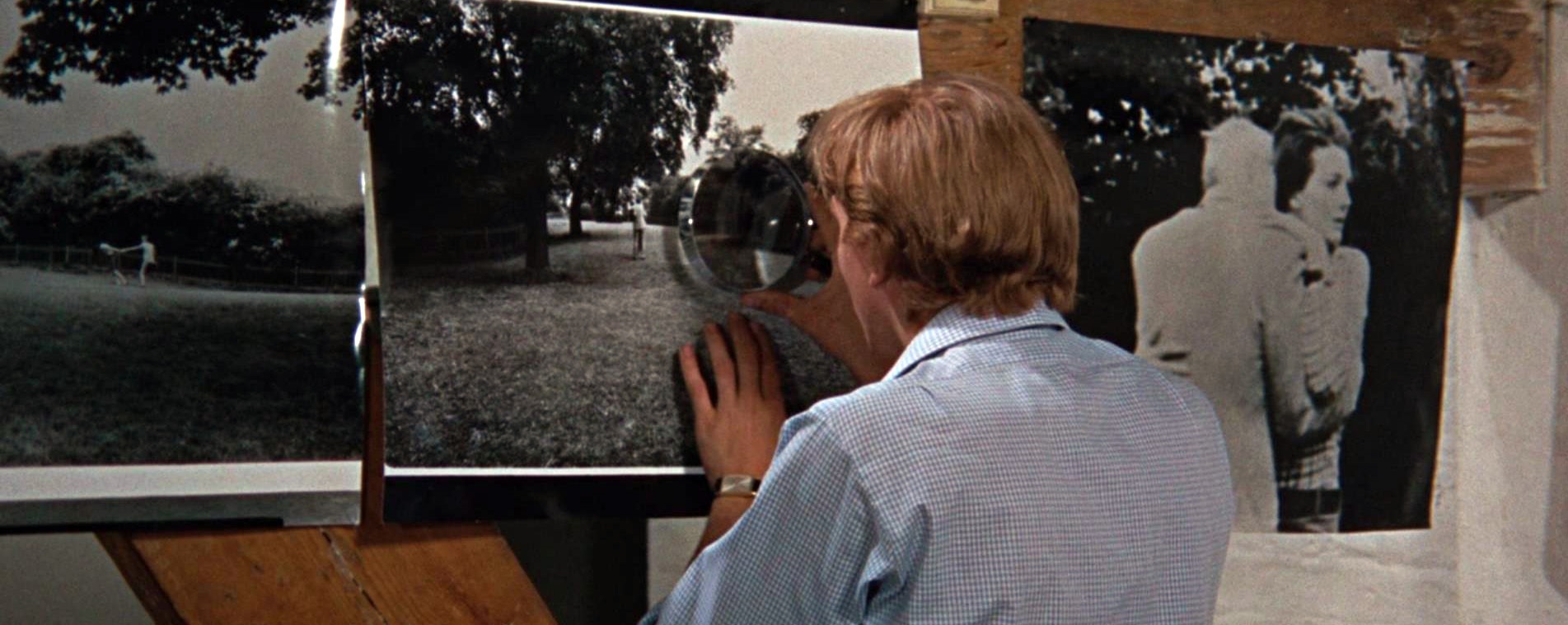Continuing his lecture cycle, Andrey Velikanov will analyze Michelangelo Antonioni’s film Blowup as illustrating the ideas of gnoseological skepticism.
Michelangelo Antonioni loosely based the screenplay of his film Blowup on Julio Cortázar’s short story The Devil’s Drool, in its own turn written under the impression from Alfred Hitchcock’s classic Rear Window. This already reveals the multiplicity of interpretations inherent in contemporary culture. As a product of technology, photography should vie for objectivity but instead, it implicates the Kantian agnosticism; the way things appear to us differs from what they really are.
“…he tacked up the enlargement on one wall of the room, and the first day he spent some time looking at it and remembering, that gloomy operation of comparing the memory with the gone reality; a frozen memory, like any photo, where nothing is missing, not even, and especially, nothingness, the true solidifier of the scene. <…> I’m such a jerk; it has never occurred to me that when we look at the photo from the front, the eyes reproduce exactly the position and the vision of the lens; its these things that are taken for granted and it never occurs to anyone to think about them.”
(Julio Cortázar, The Devil’s Drool, 1959. Translated by Paul Blackburn)


